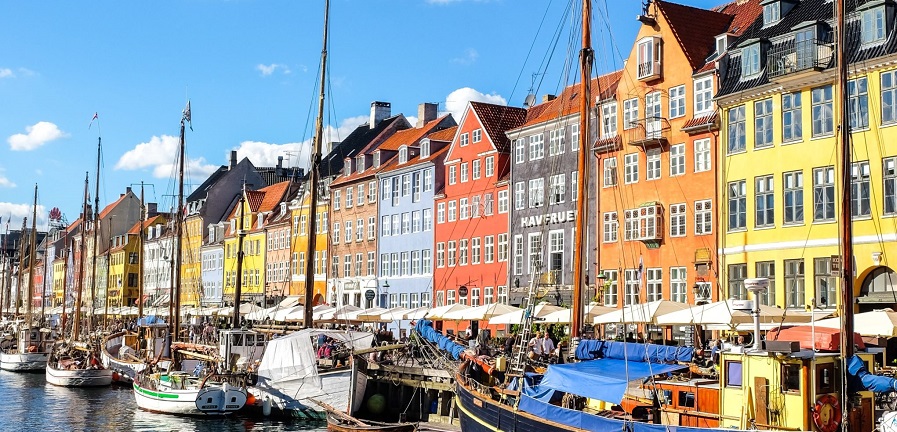Travel to European tourism destinations continues to grow despite challenges

Travel Biz News —–
Travel to European tourism destinations continued to grow in 2019, despite the challenging external environment and slowing global economic growth.
According to the European Travel Commission’s (ETC) latest quarterly ‘European Tourism Trends and Prospects’ report, Europe enjoyed a healthy 4 per cent increase in tourist arrivals in 2019 compared to 2018.
“While the rate of expansion was slower than previous years across certain individual destinations, the overall regional performance remains in positive territory. Increasing numbers of tourist arrivals generate income and support employment and investment in Europe, not only acting as a catalyst for economic expansion, but also contributing to and demonstrating the social and cultural value in the region”.
Montenegro, Turkey, and Lithuania registered double-digit increases in tourist arrivals, whilst Portugal, Serbia Slovakia and The Netherlands also outperformed the average.
Montenegro’s 21% surge was shored-up by greater connectivity and infrastructure investment, while Turkey (+14%) is set to invest heavily and diversify its tourism promotion activities throughout 2020 with the aim of increasing the volume and quality of tourists.
Increased air connectivity has helped Lithuania’s (+10%) performance, while the recent award of most “Accessible Tourist Destination 2019” to Portugal (+7%) reflects the country’s efforts to promote accessible tourism.
Visa relaxation policies and bilateral business relations between destinations and source markets also continue to be key factors in encouraging travel, particularly in Serbia (+7%).
However, it hasn’t been entirely positive for all European destinations. In Romania (-4%) continued challenges related to infrastructure and tourism promotion remain, while the demise of WOW Air and a strong Krona explain the steep decline in arrivals to Iceland (-14%).
The report also includes an analysis of tourism taxes and focusses on how such taxes could be levied in an environment where competition has all but eroded any other form of price stimulus.
US travellers encouraged by a supportive economic environment, while unforeseen events are expected to hamper Chinese outbound travel.
The report’s findings suggest that positive economic conditions in the US are also encouraging travellers. Supportive economic conditions have spurred the value of the dollar against the euro, making Europe an affordable travel destination.
Most European destinations recorded increased US tourist arrivals at the end of 2019, with fastest growth registered in Turkey (+30%), Cyprus (+27%) and Montenegro (+26%).
While the US-China trade truce is expected to help restore business confidence, challenges in China remain following the outbreak of COVID-19 during the recent Lunar New Year, a key travel season.
Although necessary, the measures implemented to prevent the spread of the virus (e.g. travel bans and route cancellations) intensify the challenges and concerns about the impact of the outbreak on the global tourism sector and represent a significant downside risk to Chinese travel demand in 2020.
According to Tourism Economics’ forecast, European destinations will see Chinese arrivals in the range of 7% (most likely case) and 25% (downside case) lower in 2020 compared to the pre-crisis estimate.
Overall, European tourism is resisting the pull of major global downside risks, including concerns of worldwide economic slowdown or conflict, global health crises, sustainability raising concerns and climate disasters.
Despite this, ETC Executive Director Eduardo Santander is encouraging the tourism industry to remain vigilant: “Notwithstanding reduced trade tensions internationally and further clarity surrounding Brexit, heightened risks cannot be overlooked. The sector must seek to mitigate against these risks given the importance of tourism for European economic and social development. Diversifying marketing and promotion strategies, addressing shifts in consumer behaviour, strengthening collaboration among destinations and increasing measures to foster the sustainable development of tourism can all help destinations to remain competitive in the long run.”
In 2018 there were a record 1.4 billion international tourist arrivals, according to the World Tourism Organization (UNTWO), a rise of 6 per cent over 2017. Europe led the way in overseas visits, receiving 713 million visitors in 2018.Globally, France leads the way, followed by Spain, the US, China and Italy.
Photo: European Travel Commission
Feb. 14, 2020















